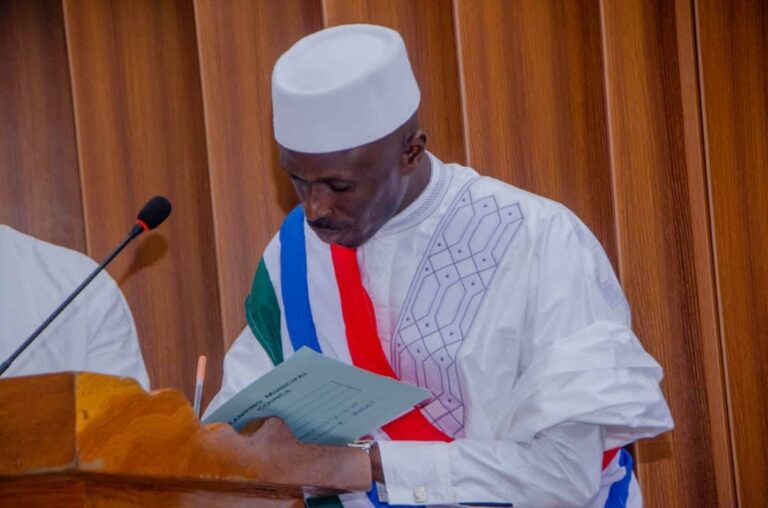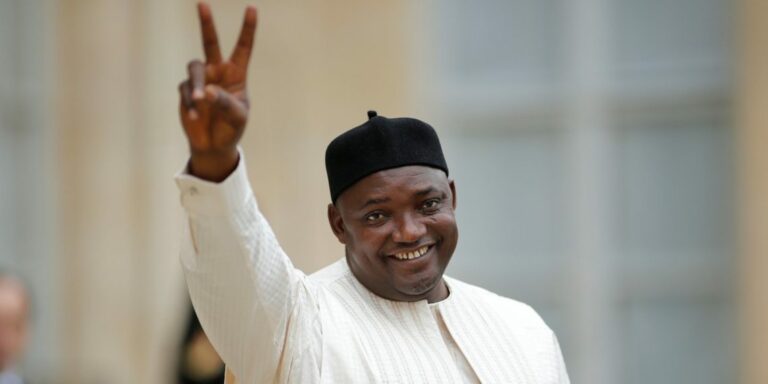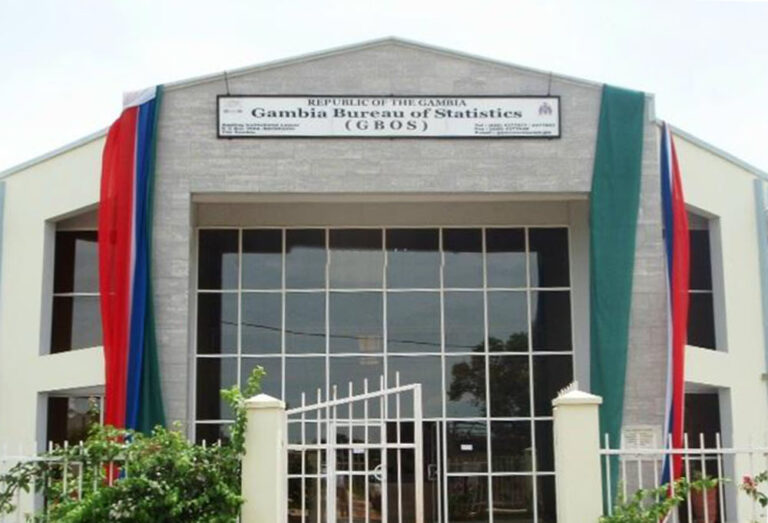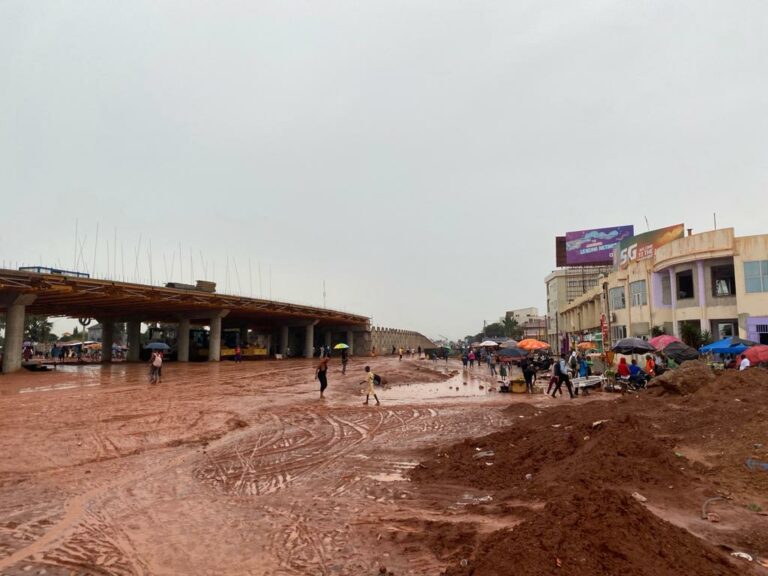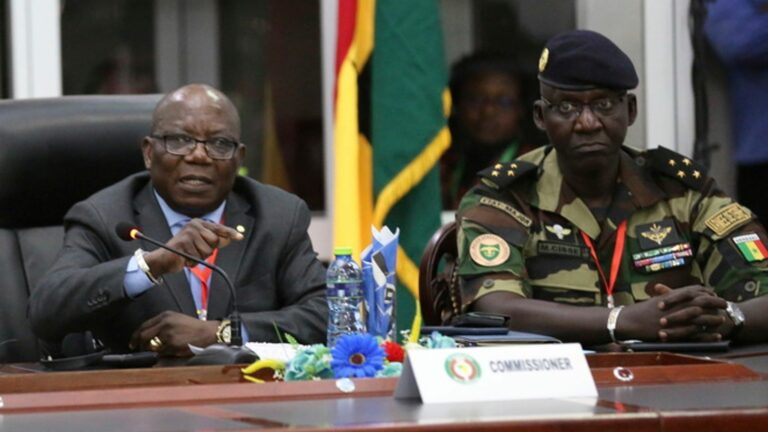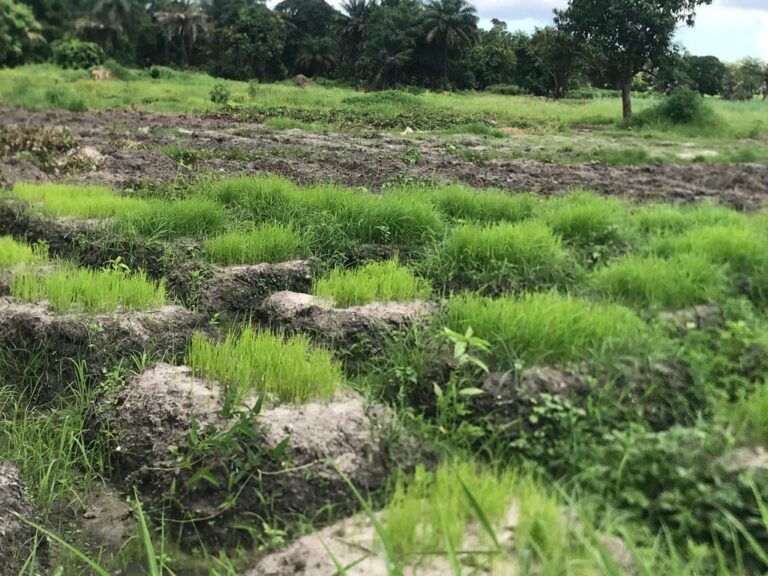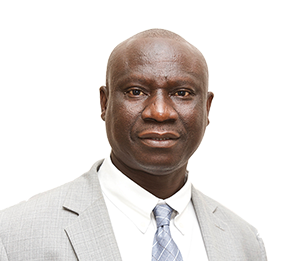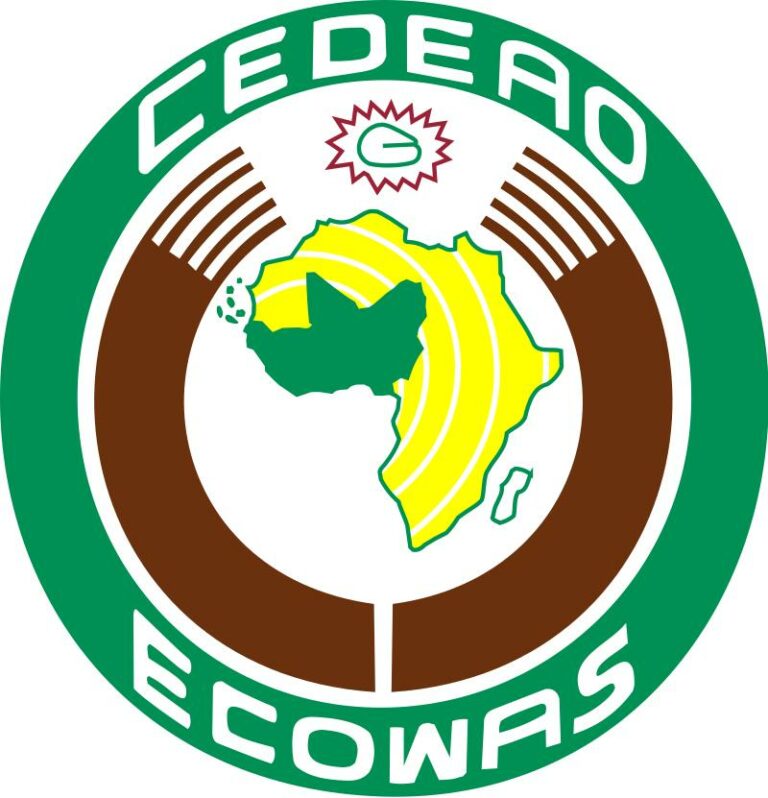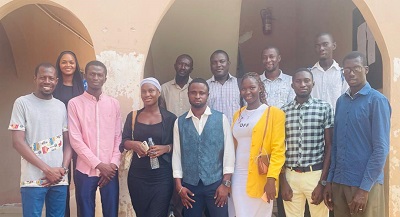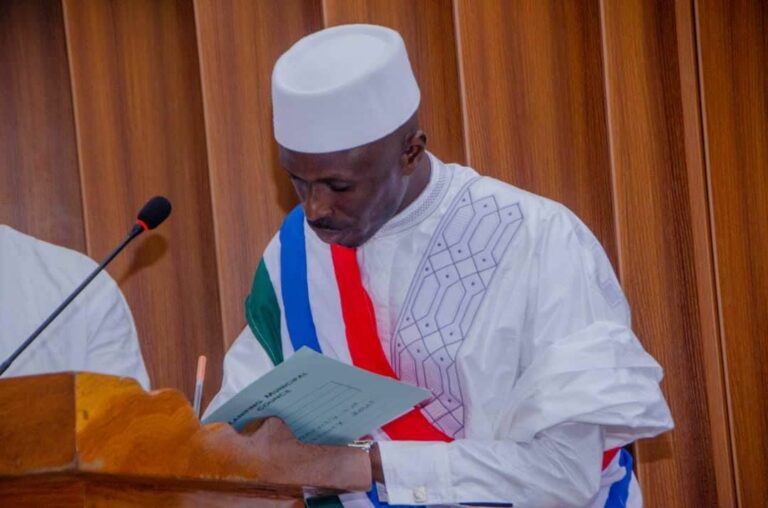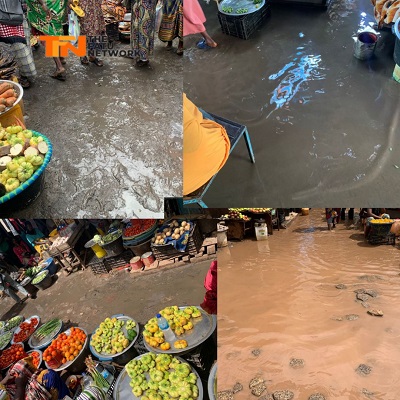By: Dawda Baldeh
While many have praised President Adama Barrow for instituting a ban on all government travel expenditures for the remainder of the fiscal year, the controversial figure Momodou MC Cham Junior, who holds a nomination as a Councilor for Kanifing Municipality, asserts that the travel restriction imposed by the President does not align with the government’s intentions. He contends that the government has fully utilized the substantial budget set aside for travel expenses.
“It is not out of a desire to save money. It is because they have exhausted all of the hundreds of millions they allocated for the useless travel they are notorious for. What a terrible government,” he expresses.
Cham characterizes the travel ban as a diversion from the ongoing National Discourse concerning the recent distribution of SUV vehicles to Members of Parliament last week.
He argues that merely prohibiting officials from traveling is not a sustainable or effective “quick fix” for addressing the underlying issue of fiscal irresponsibility.
The nominated councilor asserts that President Barrow shouldn’t receive accolades for curtailing travel among public officials, as he views this as a response to the misuse of Per Diems within the political landscape of travel allowances.
Cham urges President Barrow to abandon a reactive leadership approach and instead adopt a proactive stance.
He contends that the President should appoint qualified individuals to key positions in order to alleviate the country’s worsening economic crisis, which has intensified since his assumption of power.
Cham acknowledges that government officials may require travel, but emphasizes that it should be conducted with minimal burden on public funds.
Touching on various subjects, Cham points out that the standard global Per Diem rate of $200 per day already exceeds the monthly salaries of most individuals in The Gambia.
He accuses the Barrow-led government of concentrating on Per Diem management and corruption scandals to the detriment of other priorities.
He underscores that Public Officers and Servants must avoid unnecessary and extended travel durations that come at the taxpayers’ expense and yield no tangible benefits.
The politician also highlights The Gambia’s unfavorable ranking as the 174th poorest nation out of 191 countries, as per the United Nations Human Development Index.
Cham further delves into allegations of mismanagement of public funds, citing increases in National Assembly allowances, government travel expenses, and spending across several ministries.
“After increasing salaries last year for the President, Civil servants, and National Assembly members, buying D3.5 million vehicles for the National Assembly members, it is drying in the coffers, only for the government to introduce some fiscal and austerity measures to mitigate the negative effects on the economy, and by extension on the delivery of public services to our citizens,” he asserts.

